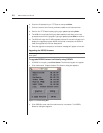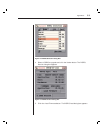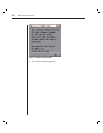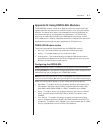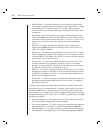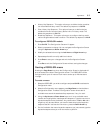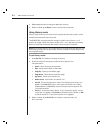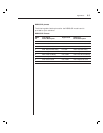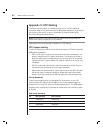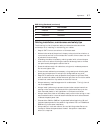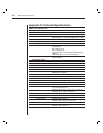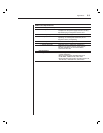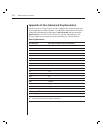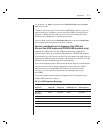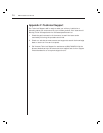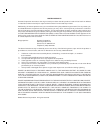
66 DSR Installer/User Guide
Appendix C: UTP Cabling
The following information is intended to brief you on various aspects of
con nec tion media. The performance of a DSR system depends on high quality
connections. Poor quality or poorly installed or maintained cabling can
diminish DSR system performance.
NOTE: This appendix is for information purposes only. Please consult with your local code
offi cials and/or cabling consultants prior to any installation.
DSR systems utilize Unshielded Twisted Pair (UTP) cabling.
UTP copper cabling
The following are basic definitions for the three types of UTP cabling that the
DSR appliance supports:
• CAT 5 UTP (4-pair) high performance cable consists of twisted pair con-
ductors, used primarily for data transmission. The twisting of the pairs
gives this cable some immappliancey from the infi ltration of unwanted
in ter fer ence. CAT 5 cable is generally used for networks running at 10 or
100 Mbps.
• CAT 5E (enhanced) cable has the same characteristics as CAT 5, but is
manufactured to somewhat more stringent standards.
• CAT 6 cable is manufactured to tighter requirements than CAT 5E cable.
CAT 6 has higher measured frequency ranges and signifi cantly better
performance requirements than CAT 5E cable at the same frequencies.
Wiring standards
There are two supported wiring standards for 8-conductor (4-pair) RJ-
45 ter mi nat ed UTP cable: EIA/TIA 568A and B. These standards apply to
in stal la tions utilizing CAT 5, 5E and 6 cable specifications. The DSR system
supports either of these wiring standards. Please refer to the following table
for details.
DSR Wiring Standards
Pin EIA/TIA 568A EIA/TIA 568B
1 white/green white/orange
2 green orange
3 white/orange white/green
4 blue blue



